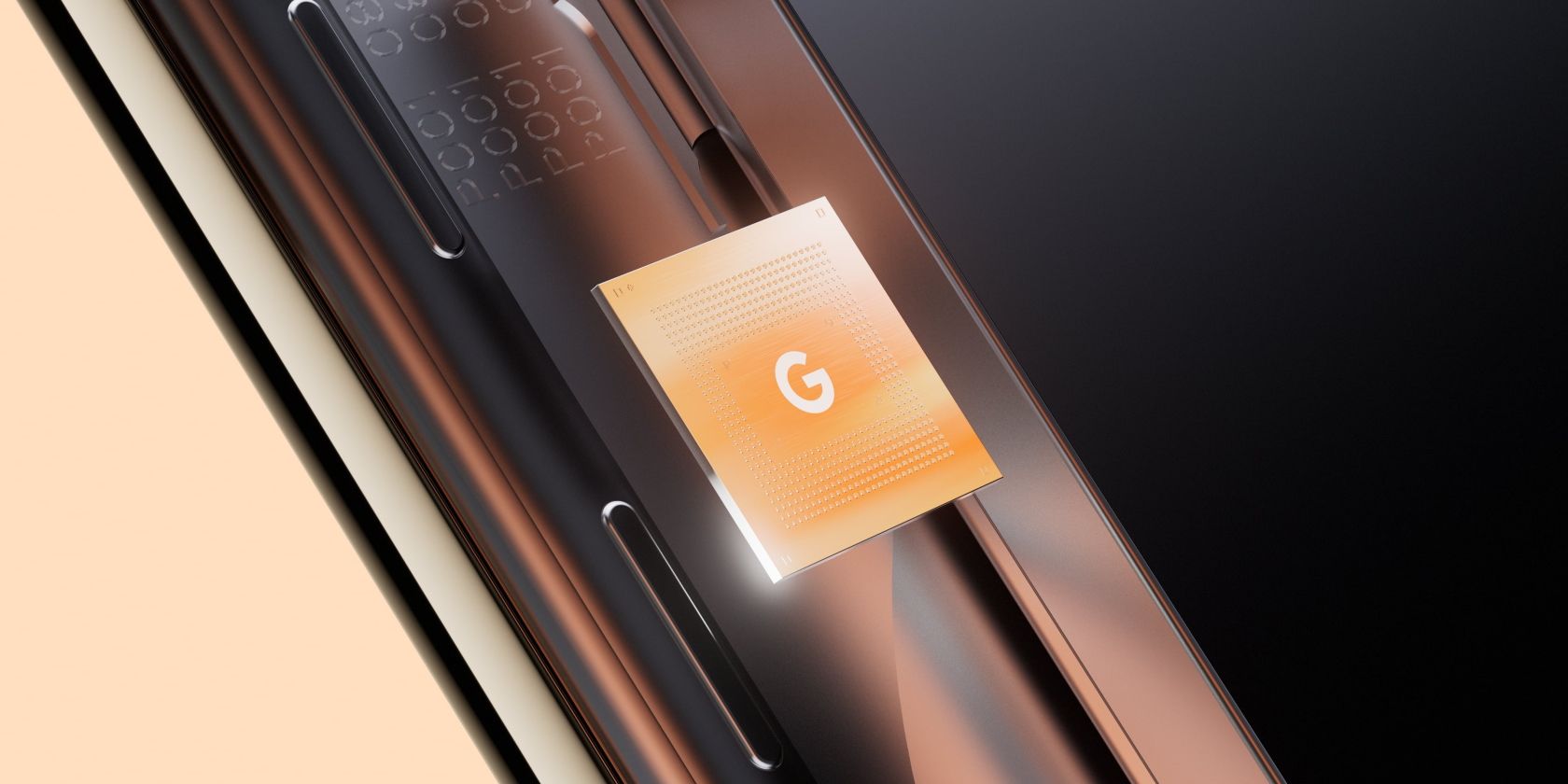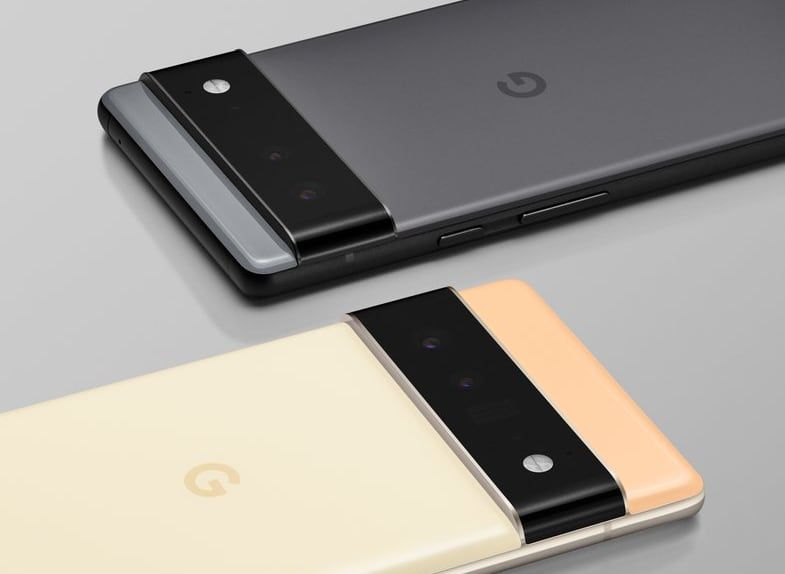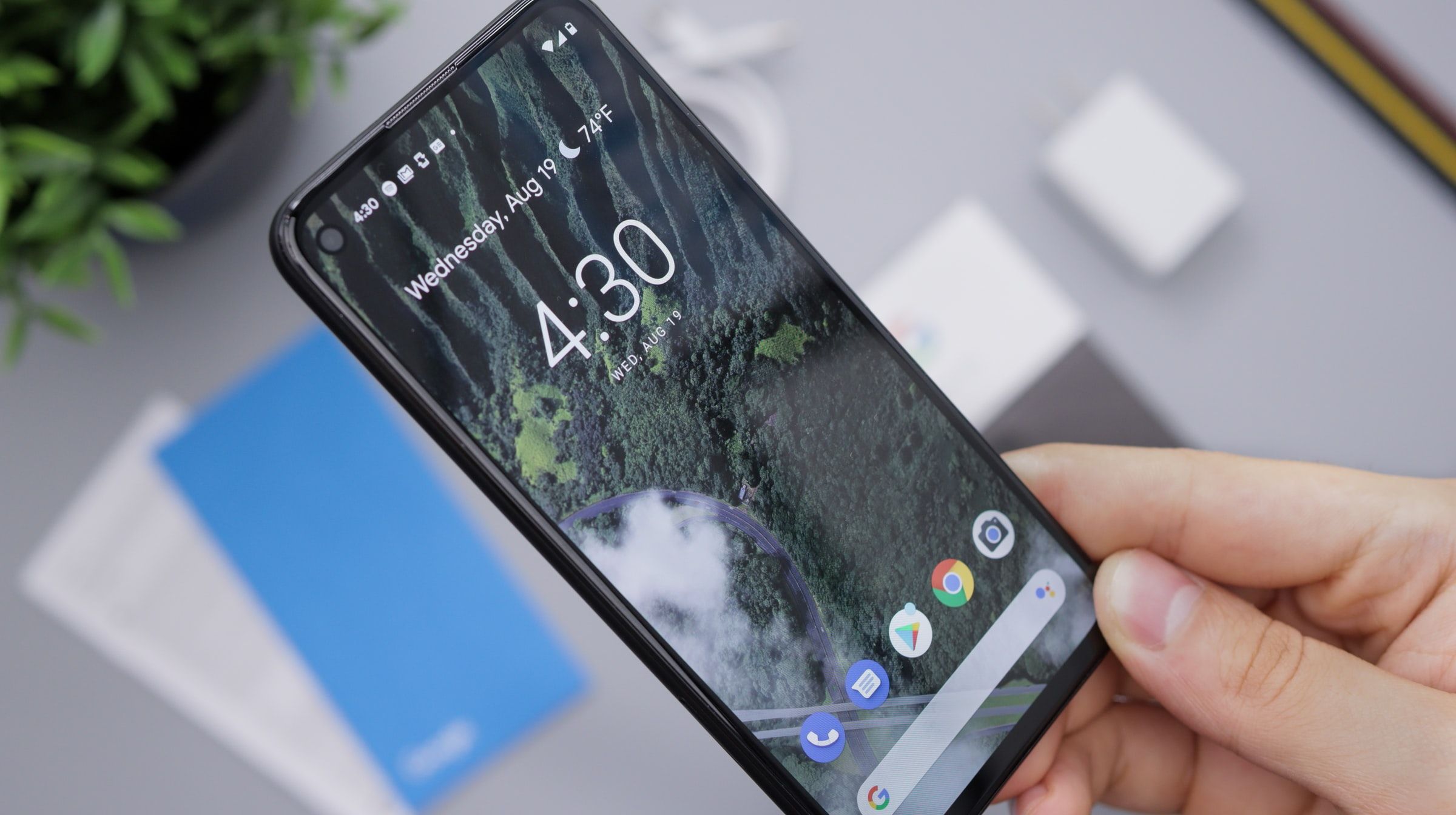The Google Pixel 6 is set to make its way to stores later this year. Unlike 2020's Pixel 5 that sported mid-range hardware, Google is pitching the Pixel 6 as a high-end flagship device. You'll see two variants of the smartphone as well, with the more expensive one carrying the Pro moniker.
Since it's a flagship range, we have enormous expectations for the Google Pixel 6 and the Pixel 6 Pro. So here are the things we think it needs if it's going to compete with the best devices on the market.
1. A Class-Leading OLED Display
Google has confirmed that the Pixel 6 Pro will get a 6.7-inch QHD+ 120Hz display. However, the smaller Pixel 6 will only sport a 6.4-inch Full HD+ 90Hz display. Now, that's the same refresh rate as last year's Pixel 5, but depending on the standard Pixel 6's price tag, the 90Hz screen may or may not be okay.
The 120Hz refresh rate on the ultra-premium Pixel 6 Pro model will surely be a welcome treat for existing Pixel users who're looking to upgrade. Google can couple it with an OLED screen to make sure the Pixel phones stay on top of the competition with one of the best displays you can have.
2. The Pixel 6 Needs More RAM
Once again, the Pixel 5's 8GB of RAM is pretty good for its price point, but considering the Google Pixel 6 is touted as a flagship device, we expect more RAM. To be more specific, we'd love to see 12GB of RAM on the Pixel 6 to satisfy all the power users out there.
With 12GB of RAM and stock Android, the Google Pixel 6 can be a multitasking workhorse for even the most demanding tasks. And if priced right, it can give the competition a run for its money—although Google has suggested its new phones will come at true flagship prices.
3. Google's Tensor Chip Should Be Better Than the Snapdragon 888

Google has made it official that it's using a custom chip for the Pixel 6 and Pixel 6 Pro. With the Tensor SoC (previously known as Whitechapel) Google is focusing on machine learning, computational photography, and hardware security with its in-house silicon. This move is similar to how Apple makes its own chips for its iPhones, iPads, and Macs.
Besides the minor details, Google hasn't shared anything about the performance of the new Tensor chip. Unfortunately, from the rumors we've heard so far, Google's 5nm Tensor chip doesn't look like it's going to match the performance of a Qualcomm Snapdragon 888.
We ideally want the performance to be at least slightly better than the Snapdragon 888 because its successor is on the horizon. Google's Tensor chip should remain competitive with the upcoming 4nm Snapdragon 895 chip which will be the benchmark for next year's Android flagships.
4. All-New Camera Hardware

According to Google, both the Pixel 6 and the Pixel 6 Pro will feature all-new camera setups with a horizontal camera bar instead of a bump. These models will pack similar camera configurations, with the exception that the ultra-premium Pixel 6 Pro will sport an additional telephoto camera with 4x optical zoom.
This is huge news considering the Google Pixel 5 uses the same camera sensor as the Pixel 2 from 2017.
We still love the pictures that the Pixel 5 can take, but we think Google can do much more with new and improved hardware. Imagine how Google's software wizardry would look on much bigger sensors like that on the iPhone 12 Pro Max, for example.
With a brand new camera configuration combined with the secret sauce from Google's Tensor chip, the Pixel 6 and the Pixel 6 Pro have the potential to be the best camera phones you can buy.
5. Better Speaker Quality

The Google Pixel 5 introduced an under-display earpiece speaker to enable it to have a bezel-less screen, but it sounded mediocre at best. Even something as simple as a screen protector, which most people use, blocked some of the sound coming out of these speakers. According to users, even the Pixel 4 had much better speakers than the Pixel 5.
Therefore, we think Google should get rid of the under-display speaker with the Pixel 6 and make room for a top-mounted earpiece like the Pixel 4a 5G.
6. Similar Battery Life as the Pixel 5
One of our favorite things about the Google Pixel 5 is its stellar battery life. Despite packing a 90Hz display and the battery being relatively small compared to other Android flagships, battery life is the last thing you have to worry about.
We really hope the Pixel 6 continues to excel in this department, but it won't be easy with a 120Hz screen this time around. Hopefully, Google can cram a bigger battery in there to compensate for the higher refresh rate. The custom Tensor chip's efficiency could also go a long way in determining how well it lasts on battery.
7. The Pixel 6 Needs Faster Charging
While the Pixel 5 supports 18W fast charging, it's not nearly as fast as some of the Android phones out there. According to reviews, it takes over 90 minutes to fully charge a Pixel 5. In comparison, the bigger Galaxy S21 Ultra can fully charge in just 1 hour 10 minutes, whereas the OnePlus 9 Pro tops the chart, reaching 100% in just 30 minutes.
We don't really expect Google to match OnePlus in this department, but we'd appreciate at least 25W fast charging on the Google Pixel 6. This should help it get up to speed with Samsung's flagships. Wireless charging could also use a bump from 12W to 15W to stay competitive.
8. Longer Software Support to Compete With Apple
Google's software support is fantastic when compared to other Android smartphone manufacturers. At the moment, the Pixel phones get three years of guaranteed software updates and security patches. However, compare this to Apple, which provides 5-6 years of software updates for its iPhones, and it suddenly doesn't seem like a lot.
One of the main reasons Apple users stick to Apple devices is due to their long-term software support. If Google can promise five years of guaranteed Android updates starting with the Pixel 6, it could potentially win over some customers from the other side. So, that's one last thing we'd like to see.
Google Pixel 6 Could Be the Ultimate Android Flagship
It looks like Google is finally getting back in the flagship race with a high-end smartphone, and we're all for it. A Pixel phone with top-of-the-line specs like a 120Hz display, a new camera module, and a custom silicon could be tough to beat, especially when paired with Google's software wizardry.
But that isn't all it needs. We really hope most of the things we've listed make their way to the final phone since our expectations are fairly realistic. But we'll see when the time comes.
0 Comments